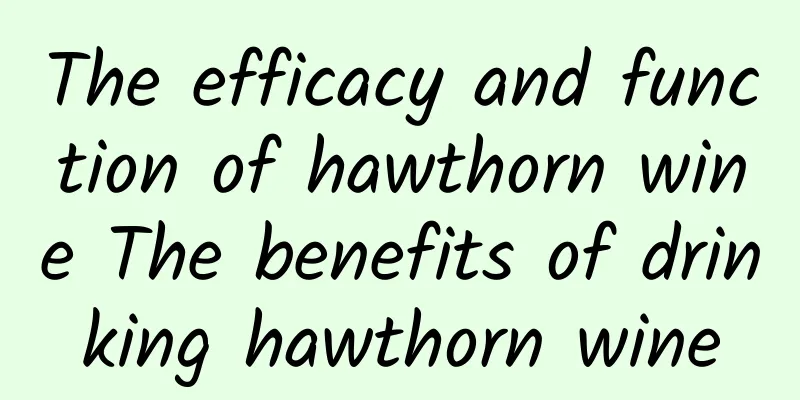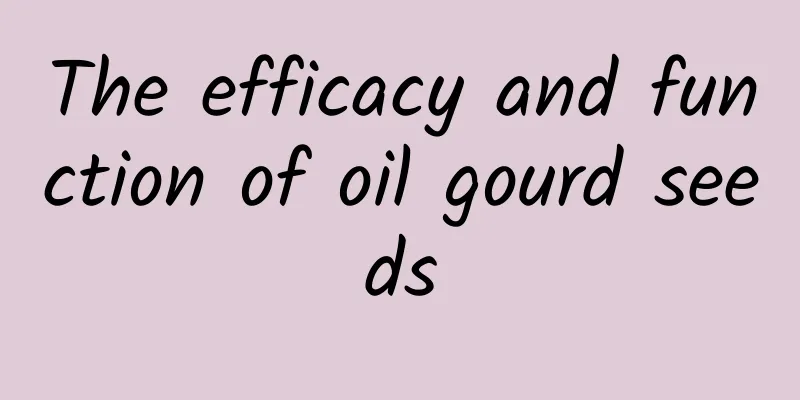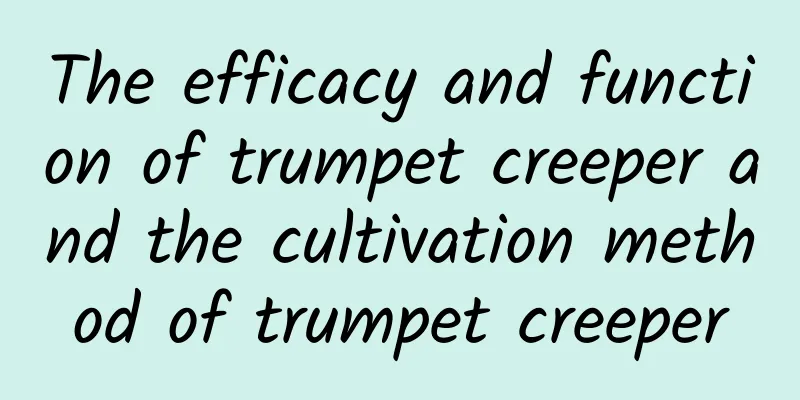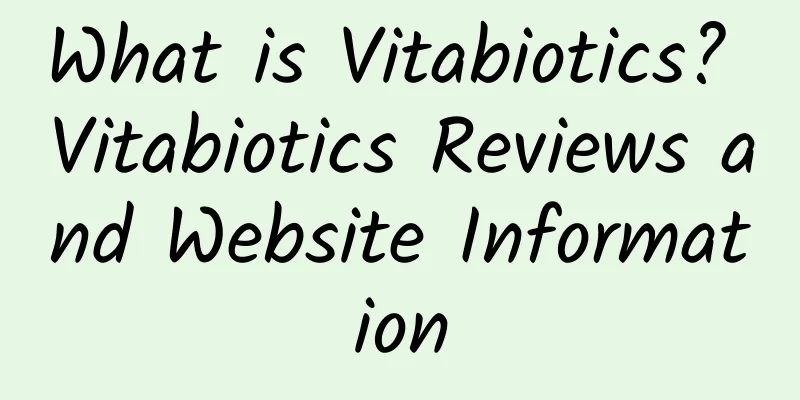Tomato cultivation issues

|
We often encounter many problems when growing tomatoes. How can we solve them at this time? Let's talk about it: 1. Pay attention to scientific and rational use of drugs to delay the development of drug resistance.(1) Avoid long-term single-drug use and choose new varieties of pesticides. Single-drug use is prone to produce pesticide resistance and has low control efficiency. New varieties can reduce the number of times the pesticide is used, reduce production costs, significantly improve control effects, and slow down the development of pesticide resistance. (2) Master the appropriate dosage and concentration of the drug solution. Generally speaking, the higher the concentration of the drug, the better the efficacy. However, excessively high drug concentrations can easily cause drug residues and increase drug resistance in pathogens. (3) Control the number of times you apply pesticides and find a reasonable interval. Excessive and excessive application of pesticides and short intervals are major problems in disease control. The effective period of general chemical agents is 7-10 days, so the interval between each application should be 7-10 days. The number of times greenhouse tomatoes are applied is 2-3 times per month, not more than 4 times. 2. Pay attention to the key period of disease prevention(1) The first critical period is the seedling stage. During the seedling stage, the seedlings are small and weak in resistance to adversity, making them susceptible to infection by pathogens. Protective fungicides should be sprayed once, such as chlorothalonil and mancozeb, to ensure that the seedlings are not infected. (2) The second critical period is after the seedlings have been transplanted and the plants have grown rapidly. Early blight is more likely to occur and protective spraying should be carried out to form a protective film around the plants to prevent infection by pathogens. (3) The third critical period is the young fruit stage. After flowering and fruiting, the vegetative growth turns to the period of reproductive growth and vegetative growth. The leaves have poor nutrition and are susceptible to diseases. Spray pesticides in time for prevention and treatment. (4) The fourth critical period is the peak harvest period. During the peak harvest period, more than half of the nutrients absorbed by the plant are taken away by the fruit, and the plant's disease resistance is significantly weakened. At the same time, the number of waterings increases, and the humidity in the greenhouse is high, which makes it easy to get sick. Therefore, spray pesticides for prevention before watering, and conduct field inspections at the same time. If the central diseased plants are found, use pesticides immediately. 3. Pay attention to improving spraying technology and ensure the quality of medication.(1) Spray the pesticide thoroughly. When spraying, make sure not to miss any row or tree. Spray from the bottom of the plant leaves upwards, and spray evenly on both sides. (2) When spraying, you should focus on the key points. The susceptible areas around the central diseased plants should be sprayed, and the susceptible areas on the middle and upper leaves of the plants should be sprayed. (3) Determine the right time to spray. Generally, when the light is strong, the temperature is high, and the humidity is high, the transpiration, respiration, and photosynthesis of tomatoes are strong, and the stomata on the surface of the stems and leaves are open, which is conducive to the entry of the pesticide. In addition, when the humidity is high, the liquid on the leaf surface dries slowly, and the pesticide is easily absorbed, thereby enhancing the efficacy. However, excessive light and high temperature can easily cause photolysis or pesticide damage to the pesticide. Therefore, it is not advisable to spray around noon. In practice, the best time to apply the pesticide is at noon on a sunny day when the temperature is 20-25℃ and the humidity is 70-75%. The best spraying effect is achieved when the temperature is 20-25℃ and the humidity is 70-75%. Fruit rot during the fruiting period of autumn tomatoes is mainly caused by soft rot, brown rot, and anthracnose. Strengthening scientific management and preventing these three diseases are effective ways to control fruit rot. |
<<: Tomato Planting Methods and Tips
>>: Calories and recipes of tomato scrambled eggs
Recommend
How to grow succulent plants
Succulent plants are very popular now, but you ne...
What is the difference between Thousand Island dressing and salad dressing?
With the improvement of living standards, more an...
Steps to make homemade peanut butter
There are many ways to eat peanuts. People are fa...
How to make and use of Job's tears and pumpkin porridge
Barley and Pumpkin Porridge is a common health-pr...
How long to pickle drunken mud snails? How to pickle drunken mud snails?
Have you ever eaten drunken mud snails? Do you kn...
How to make delicious millet and egg porridge
Millet and egg porridge is a nutritious meal reco...
Papaya diet for women What are the benefits of eating papaya for women
Papaya has a soft and sweet taste and is often co...
The efficacy and function of bamboo ru
What is bamboo rutting? I guess quite a few peopl...
How to make abalone chicken porridge
How to make abalone chicken porridge? I believe t...
The benefits of boiling carrots in water
Carrot is a common root vegetable. It is rich in ...
What to do if the leaves of lucky bamboo turn yellow? How to save the leaves of lucky bamboo from turning yellow?
Lucky bamboo is tall and beautiful, with green le...
The nutritional value of Elaeagnus angustifolia
Elaeagnus angustifolia is the most famous local s...
The difference between red rice and brown rice and the benefits of eating red and brown rice
Red brown rice and brown rice are both important ...
How is Children's Hospital Colorado? Children's Hospital Colorado reviews and website information
What is the Children's Hospital Colorado websi...
How is Hey Yi Consulting? Hey Yi Consulting reviews and website information
What is Hay Group? Hay Group is a globally influen...









